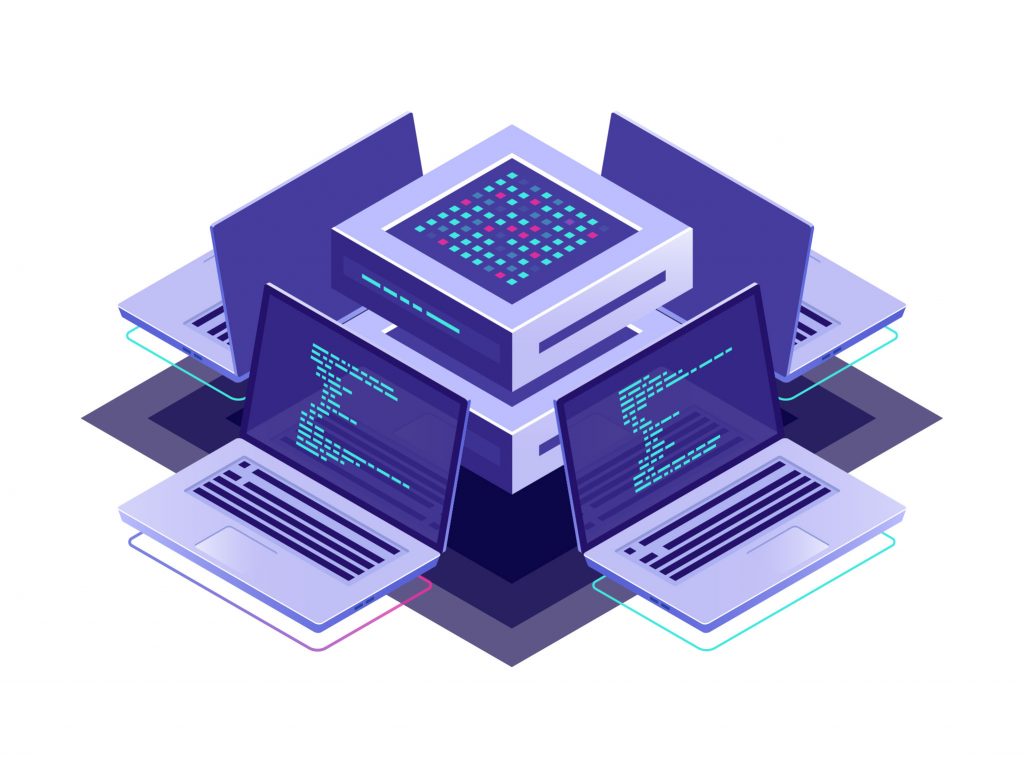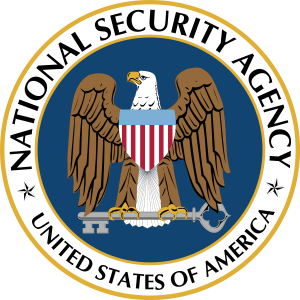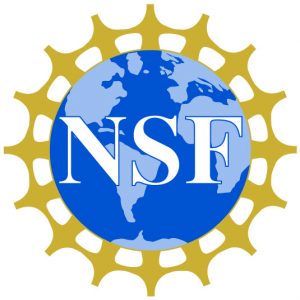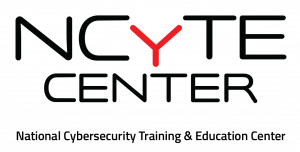Already have a NICE Challenge Webportal account and looking to login or attempt NICE Challenges?
NICE Challenge Project
We bring students the workforce experience before the workforce.
The NICE Challenge Project develops real-world cybersecurity challenges within virtualized business environments that bring students the workforce experience before the workforce. Our goal is to provide the most realistic experiences to students, at-scale year-round, while also generating useful assessment data about their knowledge, skills, and abilities for educators.
What is a NICE Challenge?
Each NICE Challenge has the following core elements: a narrative-driven scenario, a business environment (workspace), and a set of technical objectives and/or a written deliverable. Each of these elements is developed to immerse the player (student) in a real-world experience and create a valuable set of data allowing their curator (educator) to judge their readiness for the workforce.
There are currently two different types of NICE Challenges, technical and hybrid, which focus on different parts of the cybersecurity workforce.
There are currently two different types of NICE Challenges, technical and hybrid, which focus on different parts of the cybersecurity workforce.
Narrative-Driven Scenarios
Each NICE Challenge starts with a narrative-driven scenario delivered to the player through conversations with their fictional co-workers. These chats are designed to provide the player with relevant context and information about the challenge objectives through a real-world medium.
Full-Scale Business Environments (Workspaces)
Each of our business environments (workspaces) is based around a fictional business. Each fictional business is staffed with a group of recurring characters and a completely functional set of servers, services, workstations, and networks.
Technical Objectives & Written Deliverables
Over the course of doing a NICE Challenge, the player is expected to work towards completing a set of technical objectives and/or drafting a written deliverable.
Technical objectives are a state, condition, or event that is monitored by our automated scoring system.
Written deliverables can be as simple as documentation of how a player completed technical objectives or as complex as audit reports and implementation guides.
Technical objectives are a state, condition, or event that is monitored by our automated scoring system.
Written deliverables can be as simple as documentation of how a player completed technical objectives or as complex as audit reports and implementation guides.
Challenge Types (Technical/Hybrid)
Technical challenges focus on the player directly making changes to the services, servers, workstations, and networks. This can include activities like installing security software, altering running configurations, or remediating errors. These challenges always include a set of technical objectives that are monitored by our automated scoring system. These challenges tend to focus on technical skills and cover tasks more common in technical work roles.
Hybrid challenges focus on the player reviewing the configurations and states of the services, servers, workstations, and networks. These challenges often ask the player to write up reports on security posture or technical implementation guides. Hybrid challenges tend to focus on managerial and analytical skills, covering tasks more common in managerial and senior work roles.
Hybrid challenges focus on the player reviewing the configurations and states of the services, servers, workstations, and networks. These challenges often ask the player to write up reports on security posture or technical implementation guides. Hybrid challenges tend to focus on managerial and analytical skills, covering tasks more common in managerial and senior work roles.

How are the NICE Challenges Used?
The NICE Challenges are primarily designed for use as culminating experiences and assessments. However, they are not limited to this purpose. They are heavily used in a wide variety of use cases.
- Capstone Experiences- Work role based experiences for students approaching graduation to determine if they are ready for the workforce
- Challenge Labs- Next-level labs for upper-division course work, extra credit, and all-star students
- Competition Preparation- Exercises for teams and individuals preparing for cybersecurity competitions
- Free Play- A wide selection of work role based experiences for students to try out and see what suits them
- Instructional Aid- A visual and functional aid in class for showing students real-world issues and how to handle them
Challenge Data Leads to Informed Decisions
The NICE Challenges are designed to provide students with real-world experiences while providing educators with valuable data regarding the methodology used by students to arrive at solutions. Our holistic approach to creating this data involves automatically collecting part of it through our automated scoring system while also requiring the student to produce part of it by writing various pieces of documentation.
Automatically Scored Data - When a NICE Challenge attempt is submitted, all data collected from technical challenge objectives, also known as checks, are formatted into time-bar graphs. These data graphs give educators a visual representation of tracked technical objectives throughout the entire challenge attempt. With these graphs, an educator can see a wealth of data including how long it took to complete a technical objective, if an attempted hack was successful, or whether a critical business resource experienced downtime.
Student Created Data - While attempting a NICE Challenge, students are asked to document their solutions to issues and the reasoning that brought them to that solution. This information provides educators the insight needed to award higher scores to creative and secure solutions while also providing critical feedback opportunities when students mistakenly subvert security to solve an issue.
Using both forms of data together, educators can then make informed decisions about whether a student was successful. The NICE Challenges, just as in the real world, have many possible solutions and we leave it to the educator to define what solutions are acceptable.
Automatically Scored Data - When a NICE Challenge attempt is submitted, all data collected from technical challenge objectives, also known as checks, are formatted into time-bar graphs. These data graphs give educators a visual representation of tracked technical objectives throughout the entire challenge attempt. With these graphs, an educator can see a wealth of data including how long it took to complete a technical objective, if an attempted hack was successful, or whether a critical business resource experienced downtime.
Student Created Data - While attempting a NICE Challenge, students are asked to document their solutions to issues and the reasoning that brought them to that solution. This information provides educators the insight needed to award higher scores to creative and secure solutions while also providing critical feedback opportunities when students mistakenly subvert security to solve an issue.
Using both forms of data together, educators can then make informed decisions about whether a student was successful. The NICE Challenges, just as in the real world, have many possible solutions and we leave it to the educator to define what solutions are acceptable.

Latest Updates
Miss the previous e-newsletters? Looking for the latest news and updates? We have you covered!
Looking to stay informed about new project updates, challenge releases, and Webportal features? Sign up for our e-newsletters!


Ready to Get Started?
Fill out the form below to request a Curator (educator) account! Be sure to use your official educational institution faculty email address (e.g., faculty@university.edu).
Note: These accounts are for faculty at accredited U.S. based educational institutions only!
If you are a student, ask your educator for access.
Note: These accounts are for faculty at accredited U.S. based educational institutions only!
If you are a student, ask your educator for access.
Funded & Supported by
   |    |    |
  |    |    |
   |    |
   |    |
  |    |


